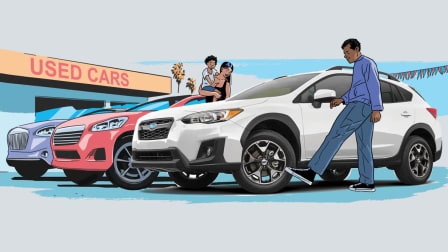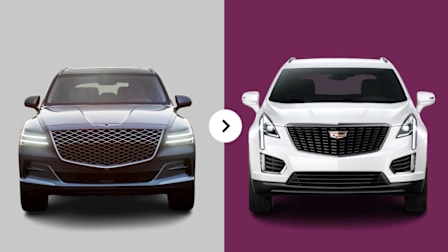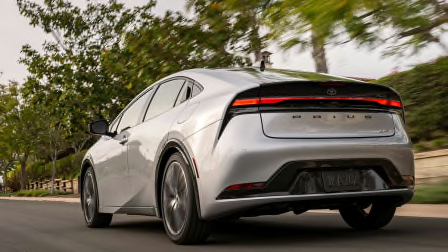Cars Designed for You

The history of the auto industry is one of continuous innovation. Think of automatic transmissions, which began making driving easier in the 1940s, or power steering, which became widely available in the 1950s. This trend has only grown in the digital age, and today’s cars are computers on wheels, featuring new tools called advanced driver assistance systems, to enhance your experience.
While these features can improve comfort and safety, CR’s research shows that consumers are often confused about them. Part of the problem is there are just so many: automatic emergency braking, adaptive cruise control, lane keeping assistance, and more. It will take time—and trusted information—for drivers to learn all these new tools.
Sensational ads suggesting that cars can drive themselves aren’t helping and may be why many people believe these systems do more than they can. In a September 2022 nationally representative CR survey of 2,519 U.S. adults (PDF), only 37 percent of Americans understood that one can’t buy a fully self-driving car. Even if you do understand the tech, the symbols and alerts in your car often aren’t clear, which can lead drivers to disable helpful features.
Reporting on the fast-evolving technology in cars and evaluating it have always been at the heart of CR’s work. CR explains these tools so you can better grasp what they actually do and what’s just hype. We also released new recommended guidelines in 2022 to help companies improve their designs with you in mind. From clearing up the dizzying dashboards to adjusting how systems are disabled, we’re showing manufacturers what helps consumers the most.
The digital world has revolutionized the auto industry. By equipping consumers with trusted knowledge and helping companies prioritize your needs, we can make sure these innovations work for you.
Editor’s Note: This article also appeared in the April 2023 issue of Consumer Reports magazine.




















